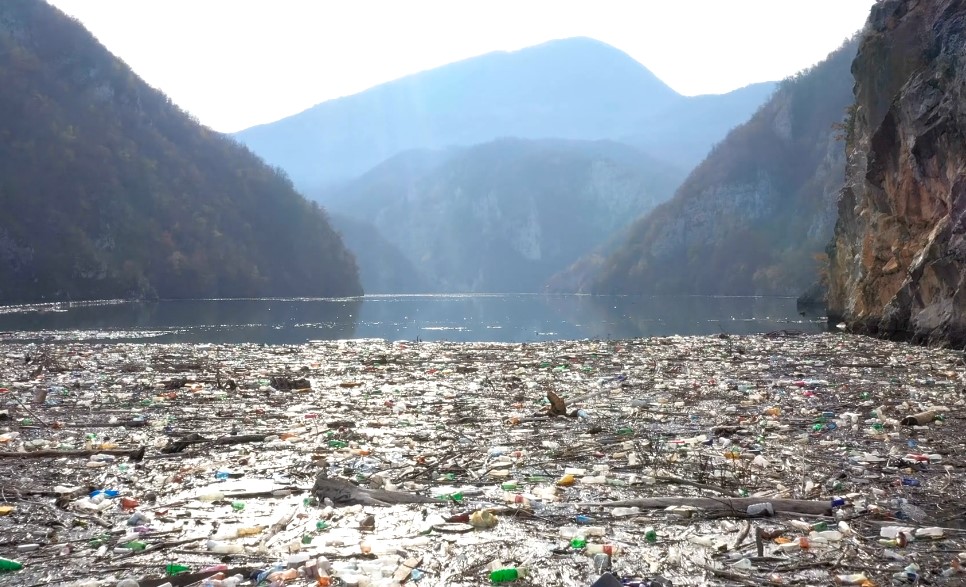“The solution to pollution is dilution” has long been the idea for those who believe that adding enough water to contaminated areas can prevent water pollution.
But with the growing number of people and factories worldwide, and the limited supply of fresh water, this approach just doesn’t hold up.
One of the biggest challenges today is the lack of clean drinking water.
Still, these rivers could be cleaned.
1) Ganges River, India
It flows from the Himalayan mountains to the Bay of Bengal, covering a distance of over 2,500 kilometers. This river holds a sacred place in Hinduism and supports millions of people living along its banks.
Despite its cultural and religious significance, the Ganges is severely polluted. Industrial waste, raw sewage, and religious offerings are some of the main pollutants. The contamination has led to severe health hazards, including waterborne diseases, which are responsible for many deaths every year.
Additionally, Ganges River dolphins, which were once abundant, are now endangered due to the river’s pollution. Efforts to clean the Ganges have been ongoing for years. India’s government has launched several initiatives, including a massive sanitary engineering program to tackle the pollution problem.
| Fact | Detail |
|---|---|
| Catchment Area | 1,086,000 square kilometers |
| Main Source of Water | Glacier melt from the Himalayas and monsoon rains |
| Water Flow | Average annual discharge of 12,020 cubic meters per second |
| Key Threat | Climate change leading to glacier retreat, reducing water flow |
| Ongoing Restoration Efforts | Ganga River Basin Management Plan, introduced to create sustainable water management |
| Cultural Importance | Over 1 billion people participate in rituals associated with the Ganges annually |
As noted in the article from World Wildlife Fund (WWF), the Ganges’ flow is largely dependent on monsoon rains and Himalayan glaciers, which are threatened by climate change.
2) Citarum River, Indonesia
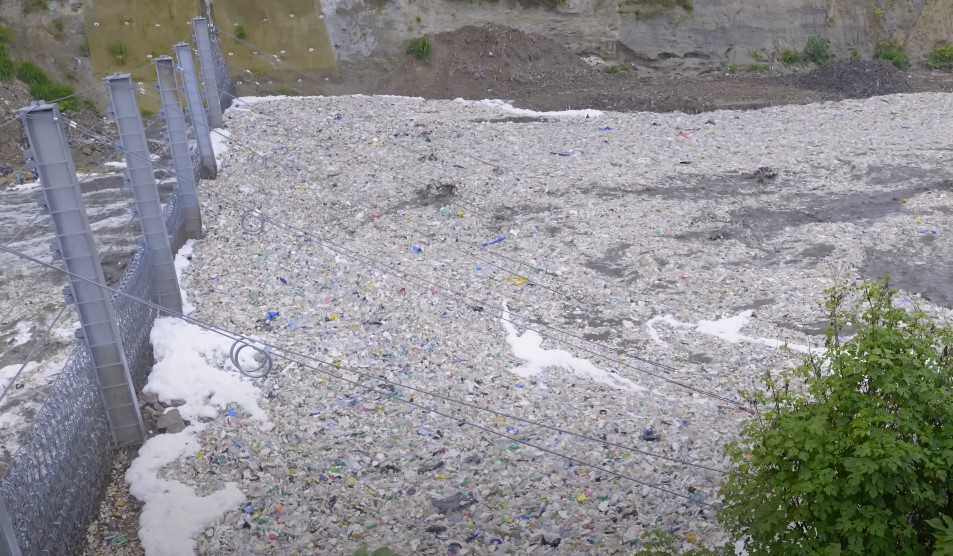
Stretching 300 kilometers on Java Island, it suffers from years of industrial and household waste being dumped into its waters. The river supports around 15 million residents, making its pollution issue a significant health and environmental concern.
One of the key polluters of the Citarum River is the fashion industry according to chaindesk. Numerous textile factories along the riverbanks discharge untreated waste directly into the water. This industrial waste includes harmful chemicals and dyes, severely affecting water quality and aquatic life.
To combat this dire situation, the Indonesian government initiated cleanup efforts. Starting from February 1, 2018, around 7,100 joint personnel led by the Indonesian Army were deployed to clear garbage from the river. The task force was divided into 22 sectors to tackle different portions of the river effectively.
| Fact | Detail |
|---|---|
| Catchment Area | 13,000 square kilometers |
| Main Source of Water | Mountain streams from Mount Wayang |
| Water Flow | Average annual discharge of 600 cubic meters per second |
| Key Threat | Textile industry waste, including harmful dyes and chemicals |
| Ongoing Restoration Efforts | Citarum Harum Program and World Bank assistance of Rp 1.4 trillion |
| Population Affected | Around 15 million residents live along the river |
As per The Jakarta Post, the World Bank provided Rp 1.4 trillion for the Citarum River clean-up.
3) Yamuna River, India
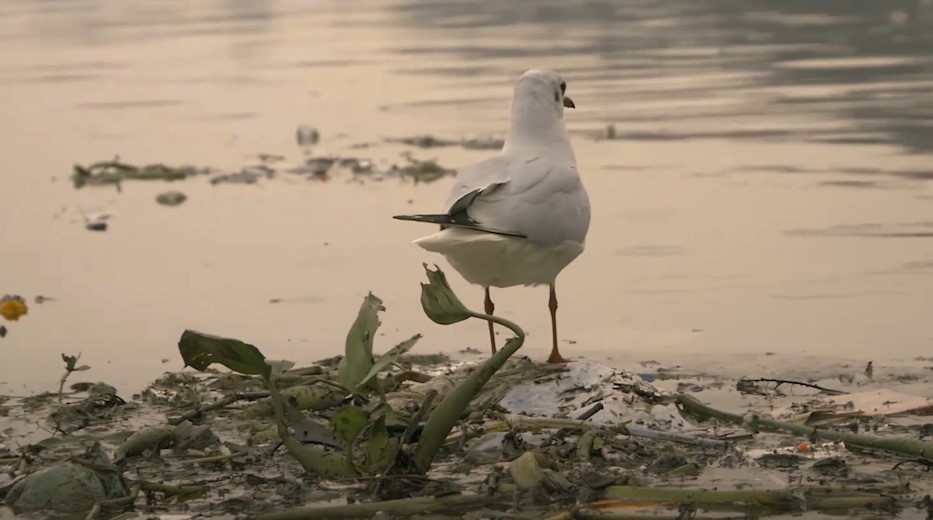
It flows through several states, including Delhi, before merging with the Ganges at Prayagraj.
Rapid urbanization and industrial discharge have turned the Yamuna into one of the most polluted rivers. Domestic wastewater, industrial effluents, and untreated sewage contribute significantly to its contamination levels.
Pollution in the Yamuna is most severe in the National Capital Region (NCR). Despite accounting for only 2% of its length, this stretch is responsible for about 76% of the total pollution. Idol immersion and pesticide residues also play a role in degrading water quality.
| Fact | Detail |
|---|---|
| Catchment Area | 366,223 square kilometers |
| Main Source of Water | Yamunotri Glacier, Uttarakhand |
| Water Flow | Average annual discharge of 2,950 cubic meters per second |
| Key Threat | Urban and industrial pollution, especially in the National Capital Region (NCR) |
| Ongoing Restoration Efforts | Yamuna Action Plan Phase III |
| Pollution in Delhi Region | NCR contributes to 76% of the total pollution of the river |
As noted in The Times of India, Phase III of the Yamuna Action Plan focuses on treating wastewater and reducing untreated sewage in the river.
4) Yellow River, China
The Yellow River, also known as Huang He, is the second-longest river in China and stretches over 5,464 kilometers. It originates from the Bayankala Mountains in the Qinghai-Tibet Plateau. This river has significant historical and cultural importance to China.
Despite its importance, the Yellow River faces severe pollution issues. Industrial waste, agricultural runoff, and domestic sewage contribute to the river’s contamination. The presence of heavy metals like lead, nickel, and cadmium is alarming.
Microplastic pollution is another critical issue. Studies indicate high levels of microplastics in the river, impacting aquatic life and potentially entering the human food chain. Efforts are ongoing to rectify the situation, but progress is slow.
Plastic waste is a notable concern. With millions of tonnes of plastic produced annually, rivers like the Yellow River end up being conduits for this waste to enter the oceans.
| Fact | Detail |
|---|---|
| Catchment Area | 752,000 square kilometers |
| Main Source of Water | Qinghai-Tibet Plateau |
| Water Flow | Average annual discharge of 2,571 cubic meters per second |
| Key Threat | Industrial waste, agricultural runoff, and heavy metals like lead and cadmium |
| Ongoing Restoration Efforts | Yellow River Protection Law, effective since April 2023 |
| Microplastic Pollution | High levels of microplastics affecting aquatic life and human health |
According to China Daily, the law focuses on high-quality development and ecological protection of the river basin.
5) Nile River, Egypt
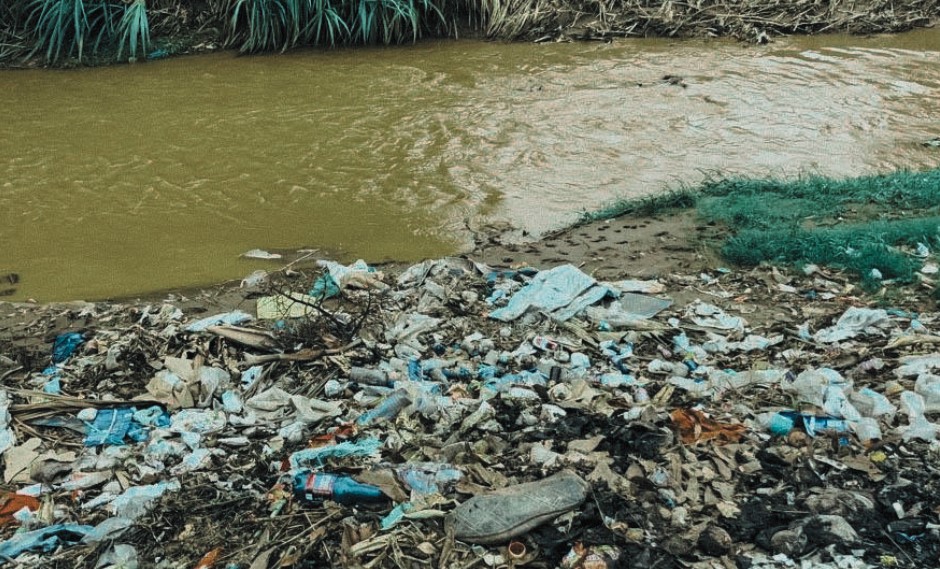
The Nile River, spanning over 4,135 miles, is crucial to Egypt’s ecosystem and economy. More than 90 percent of Egypt’s population lives along its banks, relying on it for drinking water, irrigation, and transportation.
This iconic river faces severe pollution challenges. Industrial waste, agricultural runoff, and untreated sewage continuously threaten its water quality. The sediment at the bottom of the Nile is contaminated with heavy metals like cadmium, nickel, and lead, posing significant health risks.
The introduction of the Grand Ethiopian Renaissance Dam adds another layer of complexity. Concerns about water availability, increased pollution, and ecological impact are rising. The dam could reduce water flow, concentrating pollutants in the river.
| Fact | Detail |
|---|---|
| Catchment Area | 3.4 million square kilometers |
| Main Source of Water | Lake Victoria and Ethiopian Highlands |
| Water Flow | Average annual discharge of 2,830 cubic meters per second |
| Key Threat | Agricultural runoff, heavy metals, untreated sewage, and the Grand Ethiopian Renaissance Dam |
| Ongoing Restoration Efforts | Improved waste management practices and stricter regulations |
| Population Affected | Over 90% of Egypt’s population lives along the river |
According to The World Bank, there are ongoing efforts to clean the Nile through enhanced waste management and regulatory measures.
6) Pasig River, Philippines
The 27-kilometer Pasig River, running through Metro Manila, is infamous for its severe pollution. It’s recognized as one of the largest contributors to ocean plastic pollution, responsible for an estimated 63,000 tons of plastic waste per year. This troubling statistic underscores the environmental challenge faced by the Philippines.
Efforts to clean the river have been ongoing. The community group known as “river warriors” has made a significant impact. Comprised of about 100 individuals, they initially started as volunteers and now receive support from the local government.
Despite some improvements reported by the Department of Environment and Natural Resources, more work remains. The organization has acknowledged that while conditions in the Pasig River have improved, continuous action is vital to achieving higher water quality standards.
| Fact | Detail |
|---|---|
| Catchment Area | 4,678 square kilometers |
| Main Source of Water | Laguna de Bay and Manila Bay |
| Water Flow | Low flow during dry season |
| Key Threat | Plastic pollution, industrial waste, and untreated sewage |
| Ongoing Restoration Efforts | “River Warriors” community program and government-led cleanups |
| Plastic Waste Contribution | Responsible for 63,000 tons of ocean plastic annually |
As per Phlstar, the Pasig River cleanup has been boosted by the “River Warriors” program, a community-led effort supported by the local government.
7) Buriganga River, Bangladesh
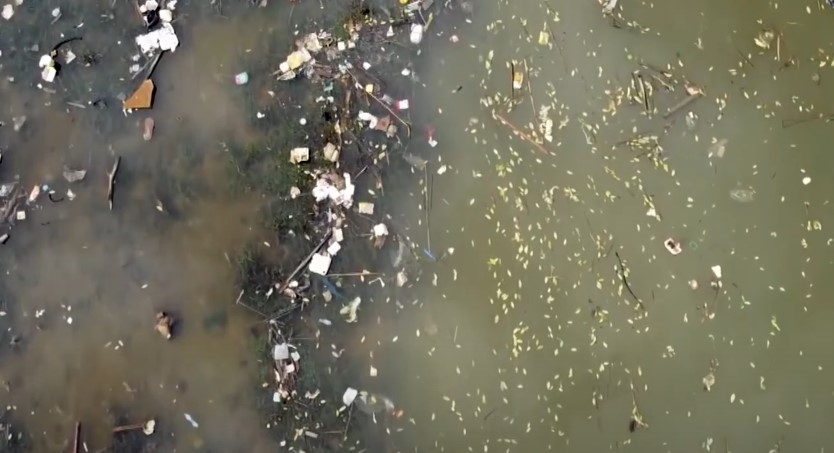
This river was once a vital waterway for the capital city, but extensive pollution has drastically affected its ecosystem.
Residents living near the Buriganga River often deal with significant pollution issues. Outside the monsoon season, the river’s waters can appear pitch black and emit a foul odor, forcing locals to bathe in contaminated water.
Industrial waste, particularly from tanneries, is a major contributor to the river’s pollution. The discharge of untreated sewage and industrial effluents has rendered the river almost devoid of aquatic life.
Despite being severely polluted, the Buriganga River remains vital for many of Dhaka’s inhabitants. It serves as a transportation route and provides water for various daily activities, though not safely or cleanly.
| Fact | Detail |
|---|---|
| Catchment Area | 21,000 square kilometers |
| Main Source of Water | Dhaleshwari River |
| Water Flow | Significantly reduced outside the monsoon season |
| Key Threat | Tannery waste, industrial effluents, and untreated sewage |
| Ongoing Restoration Efforts | Relocation of tanneries and government monitoring programs |
| Aquatic Life | Nearly devoid of aquatic life due to pollution |
The Daily Star notes that, Dhaka residents are increasingly forced to seek alternative water sources due to Buriganga’s pollution.
8) Mississippi River, USA
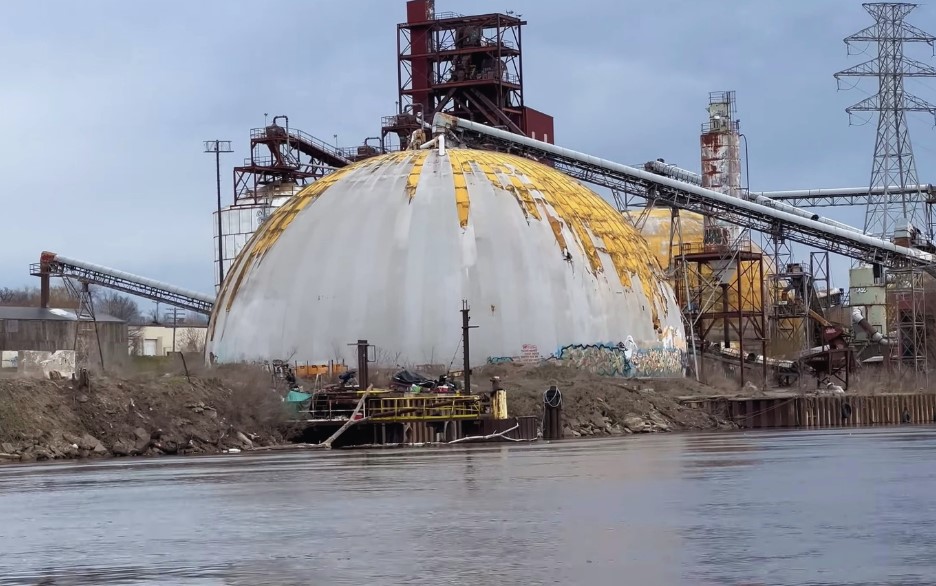
Stretching over 2,300 miles, it flows from Minnesota to the Gulf of Mexico.
Over the years, the river has been heavily impacted by pollution. Industrial waste, agricultural runoff, and urban discharge have all contributed to its degraded water quality.
The river ranks as one of the most polluted rivers in the nation. Contaminants such as nitrates, phosphates, and heavy metals are commonly found in its waters.
Efforts to clean the river have been ongoing for decades. The Clean Water Act aimed to reduce pollution and improve water quality. Despite these efforts, pollution remains a significant challenge.
The Mississippi River also faces threats from climate change. Increased rainfall and flooding can exacerbate pollution levels, impacting aquatic life and human health.
Communities along the river are working to mitigate these effects. Initiatives include better agricultural practices, stricter industrial regulations, and public awareness campaigns.
The health of the Mississippi River is crucial for wildlife and millions of people who rely on it for drinking water, recreation, and transportation.
| Fact | Detail |
|---|---|
| Catchment Area | 3.2 million square kilometers |
| Main Source of Water | Lake Itasca, Minnesota |
| Water Flow | Average annual discharge of 16,792 cubic meters per second |
| Key Threat | Agricultural runoff, nitrate pollution, and heavy metals |
| Ongoing Restoration Efforts | Clean Water Act, nutrient reduction strategies, and community initiatives |
| Dead Zones | Gulf of Mexico Dead Zone caused by nutrient runoff from the Mississippi |
According to The Guardian, efforts to reduce pollution in the Mississippi include enforcing the Clean Water Act and nutrient reduction strategies.
9) Marilao River, Philippines
The Marilao River in Bulacan, Philippines, has gained notoriety for its severe pollution. Greenpeace has spotlighted this river in its recent report on toxic water pollution, highlighting the urgent need for environmental interventions.
Businesses and communities around Marilao have historically discharged untreated wastewater into the river, turning it into a virtual dumping ground. Factories in the region have been fined, but the penalties are often too small to serve as effective deterrents. This lax enforcement has allowed the polluters to evade significant consequences.
Efforts to revive the Marilao River face significant challenges. Greenpeace states that it might take a decade or more to see any noticeable improvements in water quality. Full restoration to its pristine state could even take a century. The persistence of plastic waste and toxic chemicals makes the situation particularly dire.
Every year, millions of tons of plastics contribute to the degradation of the river.
Activists continue to campaign for cleaner water, as seen in events like the Greenpeace ‘Water Patrol’ which bring attention to the river’s dire state. They unfurled a banner at Marilao Bridge, capturing public and media attention to emphasize the call for immediate action.
| Fact | Detail |
|---|---|
| Catchment Area | 569 square kilometers |
| Main Source of Water | Mountain streams in Bulacan province |
| Water Flow | Low flow during dry season |
| Key Threat | Toxic waste from nearby factories, plastic pollution, and untreated sewage |
| Ongoing Restoration Efforts | Greenpeace campaigns and local government clean-up initiatives |
| Plastic Pollution | Millions of tons of plastic waste enter the river annually |
10) Sarno River, Italy
The Sarno River, located in southern Italy, stretches for approximately 15 miles from the base of Mt. Sarno to the Bay of Naples. This river passes through Pompeii and is fed by two main tributaries, the Solofrana and Cavaiola rivers.
The river is notorious for being one of the most polluted in Europe. Industrial waste, agricultural runoff, and untreated sewage have significantly degraded water quality. Efforts to clean the river are ongoing, yet pollution levels remain high.
One significant concern is the presence of heavy metals like lead and cadmium, which pose serious environmental and health risks. These contaminants have led to a high level of social alarm among the local population.
Despite the pollution, some areas of the river still support aquatic life, including several fish species. Continued efforts are being made to restore the river’s water quality through various environmental initiatives.
| Fact | Detail |
|---|---|
| Catchment Area | 500 square kilometers |
| Main Source of Water | Springs in the Lattari Mountains |
| Water Flow | Average annual discharge of 34 cubic meters per second |
| Key Threat | Heavy metals, untreated sewage, and agricultural waste |
| Ongoing Restoration Efforts | Reclamation initiatives, stricter pollution control, and European Union funding |
| Heavy Metal Contamination | Presence of lead and cadmium at dangerous levels |
As per European Environment Agency (EEA), efforts to reduce pollution in the Sarno River include EU-funded initiatives and stricter regulations on agricultural and industrial waste.
11) Tiete River, Brazil
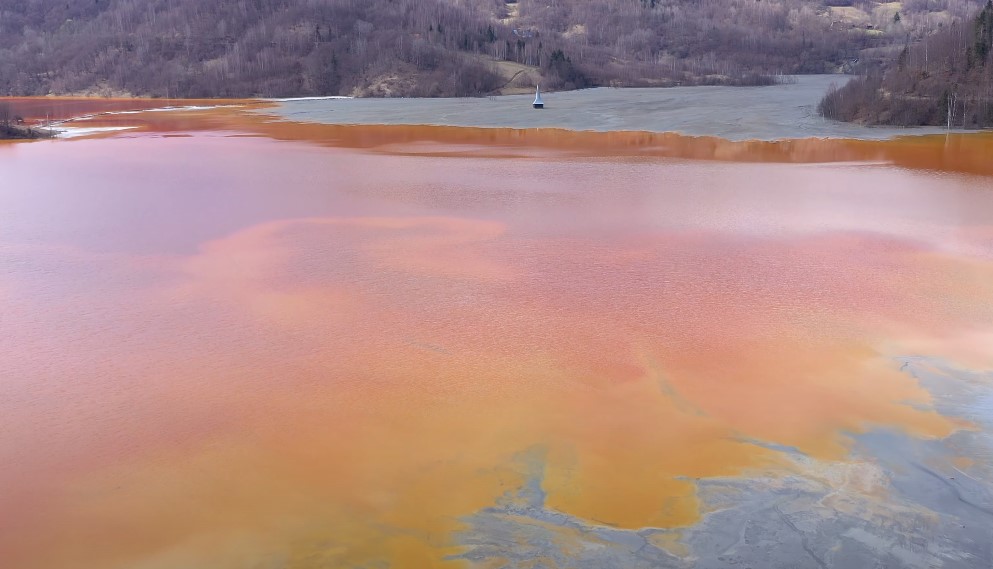
Spanning approximately 1,100 kilometers, it is significant for potable water, irrigation, and energy production in Southeast Brazil. Historically, Tiete means “truthful river” in Tupi, reflecting its cultural importance.
In recent years, pollution in the Tiete River has drastically increased. Notably, a pollution slick covering 122 kilometers was reported, up from 85 kilometers the previous year. This has led to a noticeable decline in water quality.
Toxic foam has been a recurring problem, affecting the river’s usability and posing health risks to residents. Environmental concerns have escalated, with the river’s condition sparking frequent discussions about sustainability and conservation.
The impact of pollution on local populations cannot be understated. During periods of drought, parts of the Tiete River have turned emerald green due to algal blooms while other areas experienced severe air pollution, aggravated by smoke and environmental factors.
| Fact | Detail |
|---|---|
| Catchment Area | 71,200 square kilometers |
| Main Source of Water | Serra do Mar (Sea Range) |
| Water Flow | Average annual discharge of 200 cubic meters per second |
| Key Threat | Toxic foam, industrial waste, and untreated sewage |
| Ongoing Restoration Efforts | Cleanup programs, toxic foam removal, and government initiatives |
| Toxic Foam Incidents | Recurring toxic foam covers large stretches of the river, posing health risks |
Agência Brasil, says, that the Tiete River faces recurring toxic foam incidents, which have become a public health and environmental issue.
12) Salween River, Myanmar
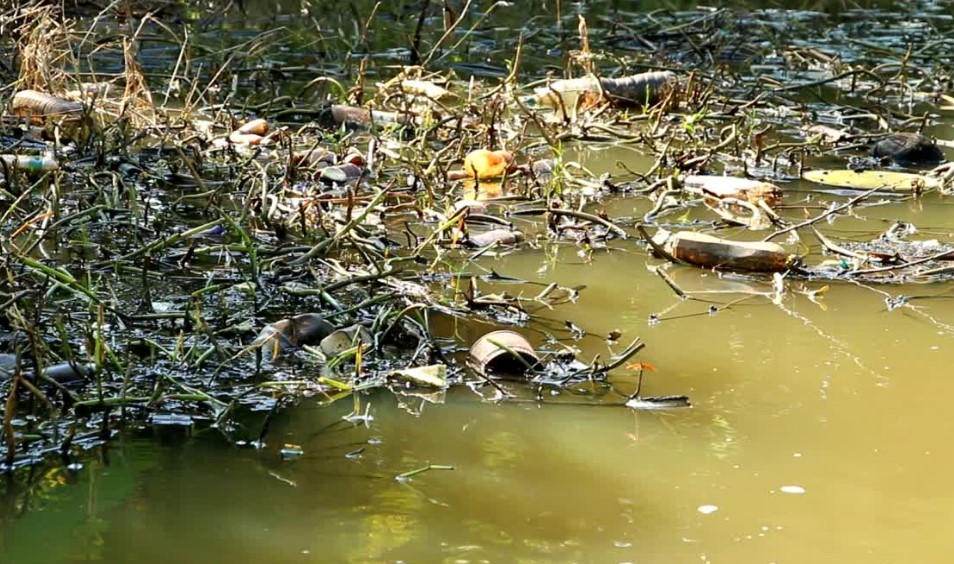
It travels approximately 3,289 kilometers from the Tibetan Plateau, through China to Myanmar, where it empties into the Andaman Sea.
Known as the “Angry River” in China, the Salween flows swiftly through rugged terrain, supporting a biodiverse ecosystem. This habitat includes numerous plant species and endangered animals, making it a crucial biodiversity hotspot.
Despite its ecological significance, the Salween faces threats from proposed development projects that could fragment the river. Development could impact the biodiversity and ecosystem services the river provides.
| Fact | Detail |
|---|---|
| Catchment Area | 320,000 square kilometers |
| Main Source of Water | Tibetan Plateau |
| Water Flow | Free-flowing river with high seasonal variability |
| Key Threat | Planned dam constructions, which threaten biodiversity and local communities |
| Ongoing Restoration Efforts | Community-based conservation and resistance to dam projects |
| Biodiversity | Critical habitat for endangered species and indigenous communities |
Salween River is one of the last major free-flowing rivers in Asia but faces threats from proposed dam projects.
13) Mekong River, Southeast Asia
Urbanization, industrial activities, and tourism contribute to the alarming rise in plastic waste found in the Mekong’s waters.
Approximately 47% of the plastic particles polluting the Mekong end up on the coast of the Philippines during the monsoon season. This pollution poses a significant threat to the marine ecosystem and human health.
Native societies around the Mekong are increasingly concerned about the river’s condition. Efforts to protect the river involve improving waste management practices and reducing plastic usage across the region.
Wildlife in the Mekong also suffers from plastic pollution. The river is home to diverse species, including catfish that can weigh up to 300 kilograms and unique dolphins known for interacting with humans. Polluted waters jeopardize these species and their habitats.
| Fact | Detail |
|---|---|
| Catchment Area | 795,000 square kilometers |
| Main Source of Water | Tibetan Plateau |
| Water Flow | Average annual discharge of 16,000 cubic meters per second |
| Key Threat | Plastic pollution, overfishing, and dam constructions |
| Ongoing Restoration Efforts | Joint efforts by Mekong River Commission to reduce pollution and improve biodiversity |
| Pollution Impact | Approximately 47% of plastic waste in the Mekong reaches the coast of the Philippines |
14) Indus River, Pakistan
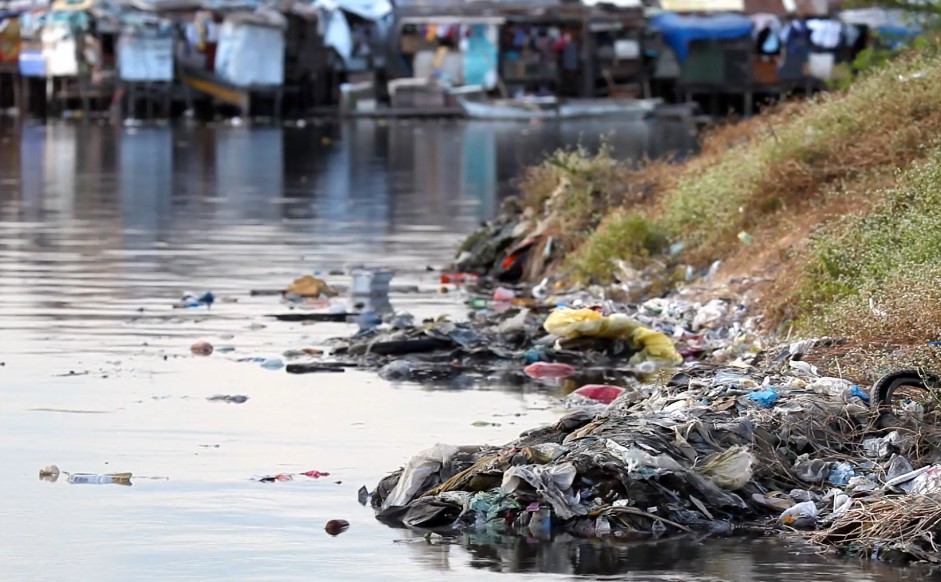
With an estimated 164,332 tons of plastic waste per year, its pollution levels are alarming.
Agricultural runoff contributes to the river’s contamination. Pesticides and phosphates are commonly dumped, affecting water quality. Such waste is harmful to both aquatic life and the surrounding communities.
Industrial development has worsened the river’s condition. Cities like Lahore, Faisalabad, and Sialkot release untreated industrial and domestic waste into the river. This has further degraded its water quality.
More than 90 % of plastic waste from sample sites in the Upper Indus Basin ends up in the river. This waste includes low-density polyethylene, sanitary products, and multi-layered packaging.
| Fact | Detail |
|---|---|
| Catchment Area | 1.12 million square kilometers |
| Main Source of Water | Tibetan Plateau |
| Water Flow | Average annual discharge of 6,600 cubic meters per second |
| Key Threat | Agricultural runoff, plastic pollution, and untreated sewage |
| Ongoing Restoration Efforts | Efforts by Pakistan’s Environmental Protection Agency and UN initiatives |
| Plastic Pollution | Over 164,000 tons of plastic waste dumped annually, severely impacting water quality |
15) Rio Grande, USA/Mexico
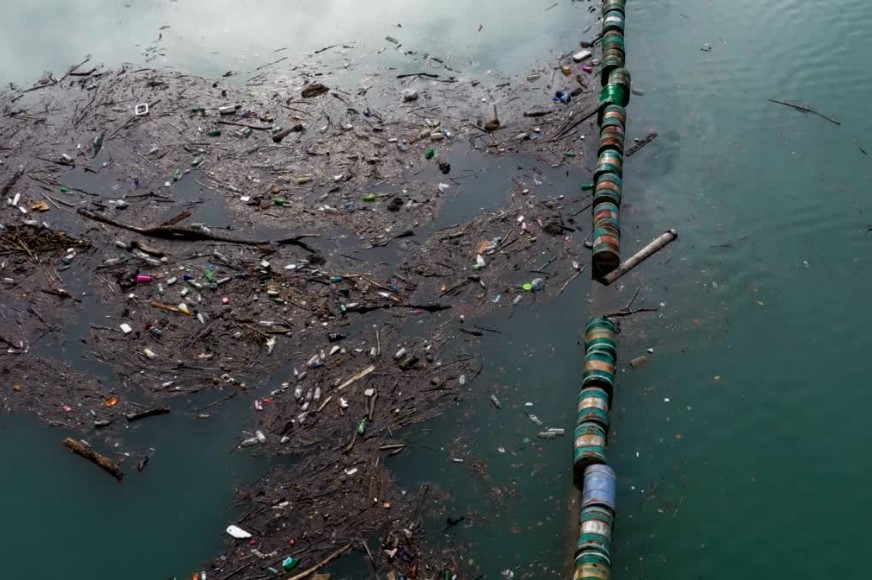
The Rio Grande is a crucial water source for over 5 million people in the USA and Mexico. This river extends 1,896 miles from Colorado to the Gulf of Mexico.
Industrial activities and agricultural runoff have significantly polluted the Rio Grande. These contaminants have degraded water quality, posing risks to human health and wildlife.
The Rio Grande also suffers from severe water scarcity, exacerbated by climate change and over-extraction. Drought conditions and high water demand further strain this vital river.
| Fact | Detail |
|---|---|
| Catchment Area | 467,000 square kilometers |
| Main Source of Water | Colorado Rockies |
| Water Flow | Average annual discharge of 750 cubic meters per second |
| Key Threat | Water scarcity due to climate change, agricultural runoff, and over-extraction |
| Ongoing Restoration Efforts | Binational agreements between the USA and Mexico, and restoration programs |
| Water Scarcity Impact | The river has dried up in certain stretches due to excessive extraction and drought |
The New York Times says that climate change and water scarcity have caused sections of the Rio Grande to dry up, particularly in drought-prone areas.

